Now that you know which food can be 3D printed, let’s talk about 3 main categories of printable food materials used for 3D printing food. We asked Jashan Sippy, a food-architect and 3D food printing expert to share his expertise.
“In order to understand the principles of preparing edible inks suitable for 3D printing, we must dip into the world of molecular gastronomy. Molecular gastronomy blends physics and chemistry together to transform the tastes and the textures of food: think spherification, foaming, etc.”, Jashan explained. “All of this is made possible by one magical element – known as hydrocolloids. Hydrocolloids are substances that form a gel in the presence of water. These are essential when we talk about the formation of printable edible inks.”
3 categories of printable food materials used for 3D printing food:
- Natively printable materials: These are hydrogels including cake frostings, cream cheese, chocolate, etc. This category includes all smooth foods that can easily be extruded from the 3D printer head.
- Non-printable traditional material: Ingredients like rice, meat, fruit, and vegetables need the addition of hydrocolloids to make them printable. We need to process these ingredients and transform them into a printable homogeneous paste.
- Alternative ingredients: In this category, we consider purees extracted from algae, fungi, seaweed, and insects as sources of sustainable protein as well as fibre. These could be residues from Agricultural and food processing that can be transformed into biologically active metabolites and enzymes, and food flavour components from sustainable and eco-friendly material sources.
3D printed food is still in its infancy, and it has a really long way to go before we can start seeing it being broadly adopted by professionals as well as consumers. However this doesn’t stop us from marvelling at all the fascinating machines and the intriguing edible designs that are possible to create using this emerging technology.
About Jashan Sippy:
Jashan is a green-building certified architect specialised in the design for spaces for food. He is the founder of Sugar and Space, a creative agency dedicated to transforming the way we perceive food everyday. After pursuing an M.Sc. in International Business and specialising in entrepreneurship, Jashan founded Food Design Nation. He is the founding editor of FDzeeN: Art, Culture, and Design for Sustainable Food Systems and has served as the food and space correspondent for The Dutch Institute of Food & Design and Director at the Online School of Food Design. Jashan regularly hosts 3D printing food tastings and demonstration sessions, develops 3D printed food concepts for clients, and speaks globally about this emerging technology.
P.S. – If you want to learn in-depth how 3D food printing works, and want to develop your own concept for a 3D printed product or experience, check out Jashan’s training program 3D Printing Food. You can witness the creation of your edible 3D printed prototype and use the photos and videos in your portfolio, research project, on social media or for your funding application. If you’re already working on a 3D food printing project, you can book a 1-1 session with Jashan to get feedback and collaborate.

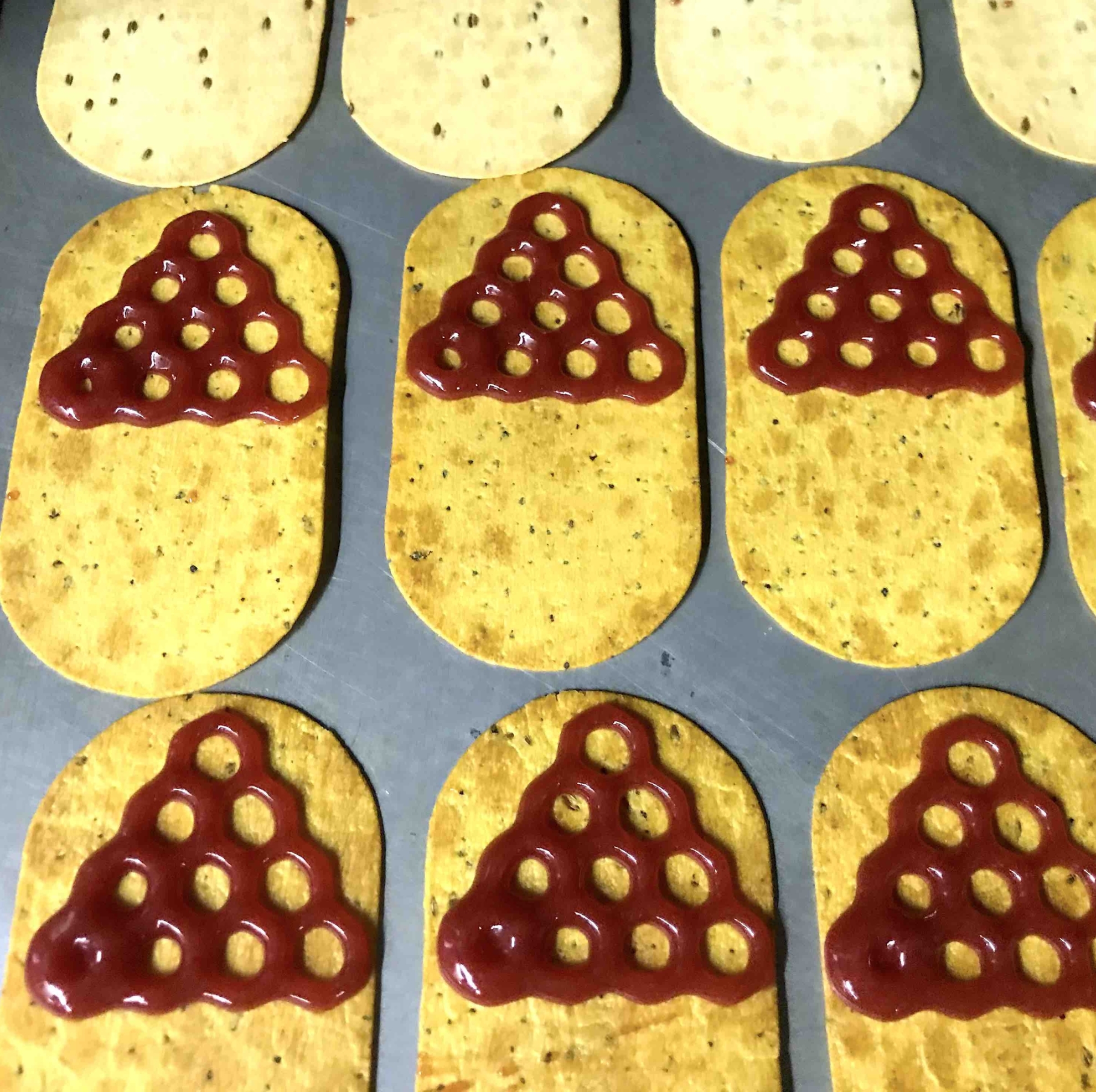
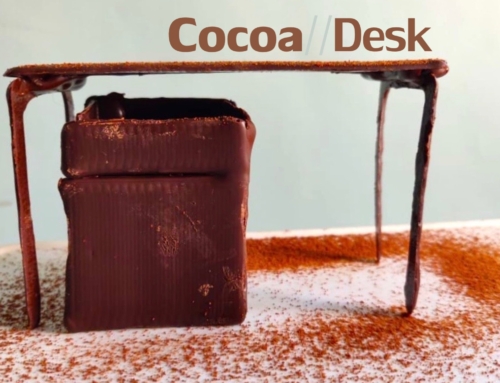
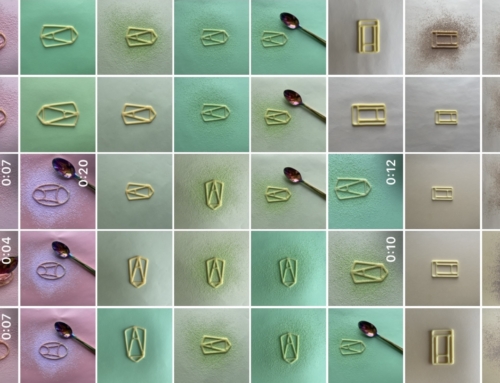
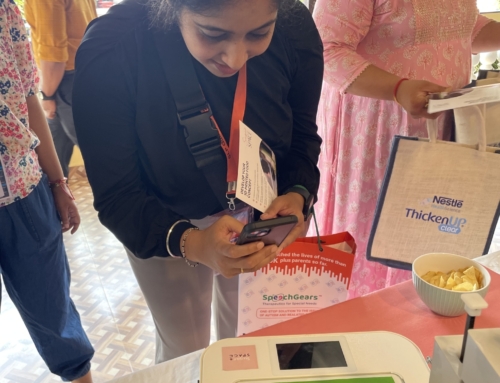

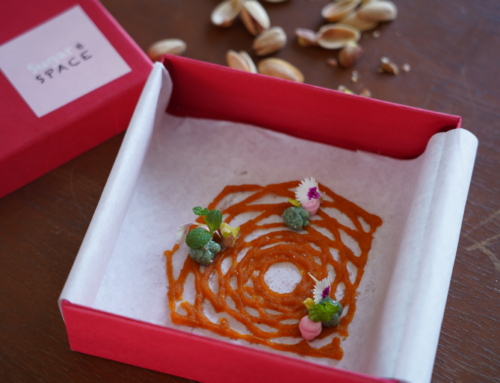

Leave A Comment